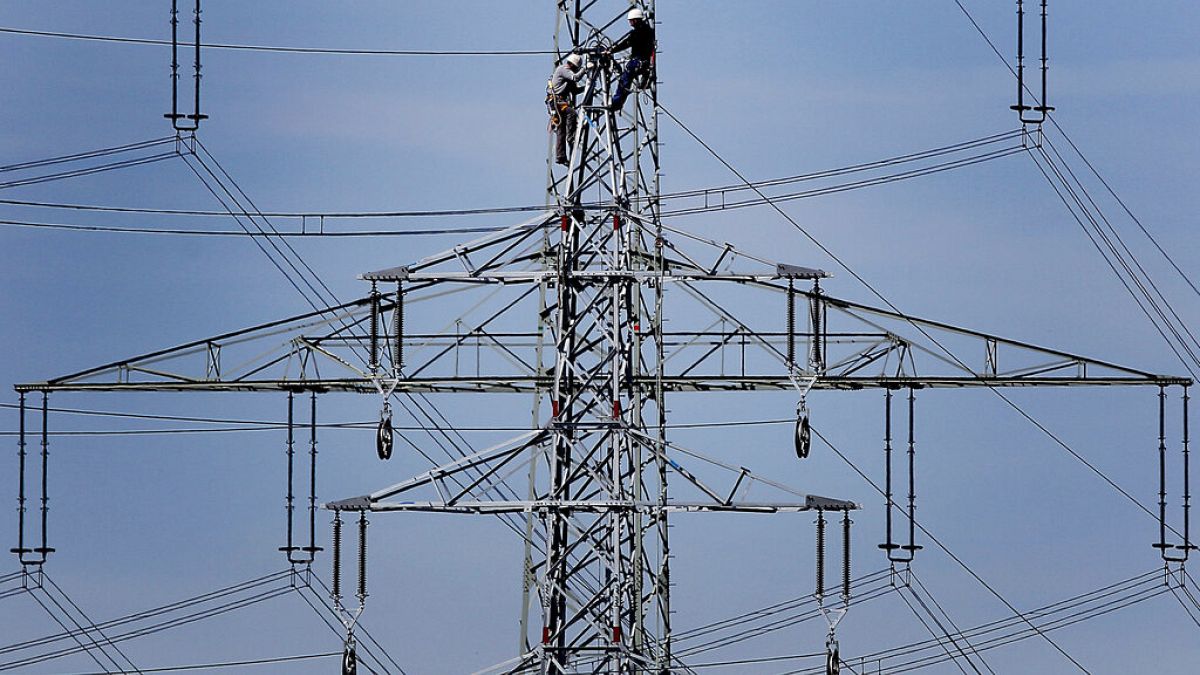A leaked draft of a keenly awaited Action Plan for Affordable Energy suggests cutting green levies and VAT could ease costs for European consumers – but tax reforms have been deadlocked since 2021.
The European Commission “stands ready” to help EU governments reach an agreement on reforms to the Energy Taxation Directive proposed back in 2021, according to a leaked draft of an action plan to cut energy costs that put Europe at a disadvantage with competitors China and the US.
But with tax matters one of a handful of EU policy areas where legislation requires the unanimous backing of all 27 member state governments, reform is proving hard to achieve. Talks in the EU council have been deadlocked for years, with countries divided notably over whether the airline and shipping industries should continue to enjoy tax-free fossil fuels.
“The Council should conclude the revision of the Energy Taxation Directive (‘ETD’), proposed in 2021, which aims at aligning the taxation of energy products with EU energy and climate policies, promoting clean technologies and removing outdated exemptions and reduced rates that currently encourage the use of fossil fuels,” the leaked text runs.
Among the proposed reforms is tax relief for low-income households. The European Parliament’s industry and energy committee adopted an opinion on the proposal Wednesday, calling for the EU to bolster the reform with measures to “incentivise local self-production, storage, sharing, and consumption of renewable energy”.
But the committee’s role is merely advisory, and although the prerogative lies ultimately with the EU Council, the reform cannot go ahead until the parliament’s economy committee also adopts its own position on the proposal.
The draft cost-cutting plan – seen by Euronews and due to be published in its final form on 26 February alongside a flagship Clean Industrial Deal – promises guidance for governments on how to reduce electricity levies to the lowest possible under the current regulations.
It also looks for non-taxation approaches, for example by promoting demand reduction to reduce price spikes during times of peak electricity demand, and a market based approach to incentivize energy efficiency improvements.
The Japanese model
Another mooted approach to reducing energy costs is “demand aggregation” for imports of liquefied natural gas, with EU buyers able to “leverage their economic weight” to push for lower prices in joint purchasing agreements.
The draft plan goes further, however, suggesting adopting a “Japanese model” where European countries could invest in export facilities in gas producing countries to build up links with suppliers.
One of the paradoxes during the energy crisis of 2022 was that electricity prices hit record highs even when the bulk of power in the grid was coming from renewable sources like wind and solar, which last year overtook fossil fuel-fired generation. This is due to a market mechanism where the most expensive ingredient in the mix sets the price.
Hastily introduced reforms introduced caps and empowered governments to intervene with support for consumers, but did not change the fundamental structure of the system, and the draft text suggests there are no plans to revisit the market design.
Instead, the Commission wants to “decouple retail electricity bills from high and volatile gas prices” in part by making it easier for firms to strike long-term power purchase agreements with renewable power operators, launching before the summer a collaboration with the European Investment Bank, which is to provide an as yet unspecified amount of financing.

